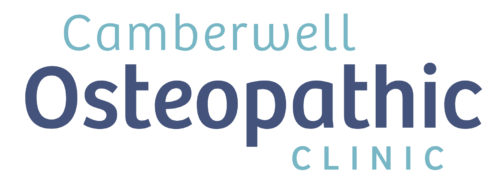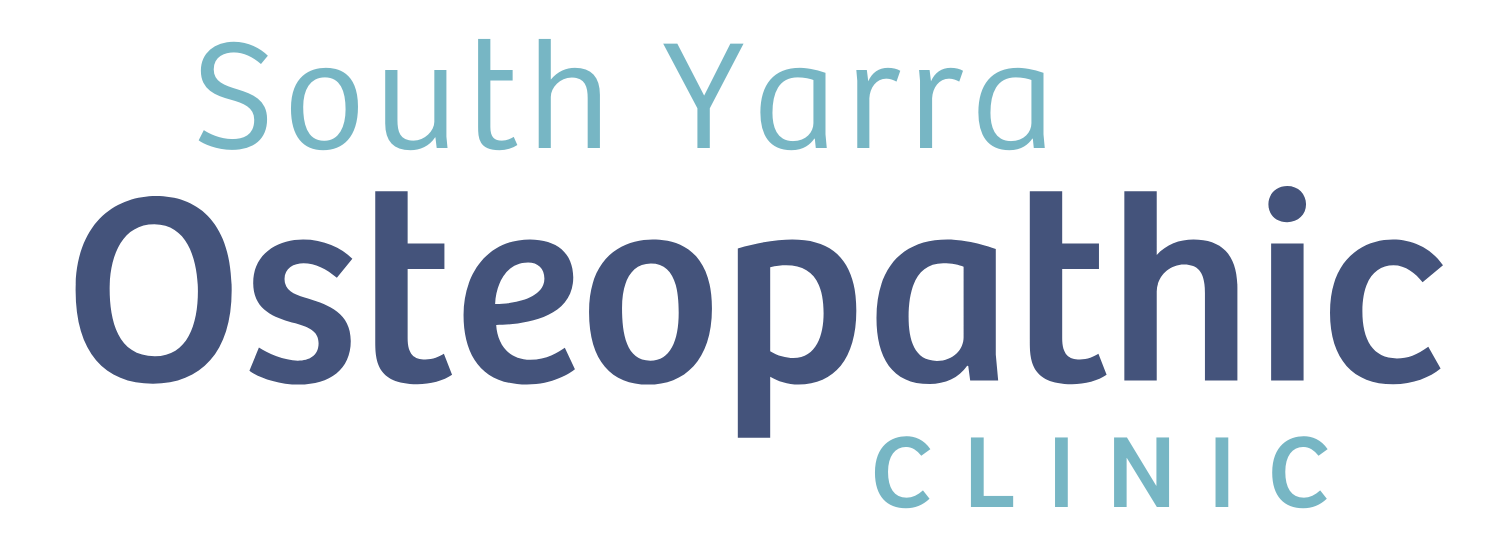What’s the fuss about dry needling?
You may have seen several of our practitioners use this as a treatment modality or tried it yourself during your consultation. It is commonly used by many allied health practitioners, on a broad range of conditions whether it be acute/athletic injuries to chronic pain – people often swear by its ability to ease intense muscle pain and tension.
So, you’re probably thinking how does it work?
The microneedles are similar to what they use in acupuncture, except it’s used on tight muscles with the goal of managing pain. The fine filament needle is inserted through the skin into taut muscle bands aka “trigger points”, which causes precise and small microtrauma as it enters the tissue. The proposed benefits are associated with stimulating nerve fibres that react by releasing substances, which interrupt pain signals and release the tight muscle. Additionally, the needle helps draw normal blood supply back to flush out the area and release tension.

What does it feel like?
As we use fine needles, you may or may not feel a small prick as it enters your skin. There is often a “twitch ”response described as an electric shock or cramping sensation, which then releases the spams or trigger point causing the pain.
Some patients will feel improvement in pain and mobility immediately after a dry needling session, as for some there might be post treatment soreness for the next 24-48 hrs. Regardless, we still encourage gentle range of motion, increased intake of fluids, heat, or ice to keep the muscles loose and reduce the pain.
Keen to give it a try?
Remember, dry needling is just another tool at our disposal and should always be coupled with targeted exercises, stretches and osteopathic manual therapy. When combined with our treatment, dry needling can be used to desensitize sore muscles, stimulate healing, and restore normal tissue function in the targeted muscle.




